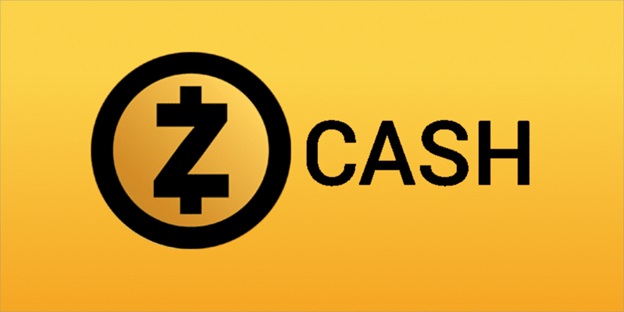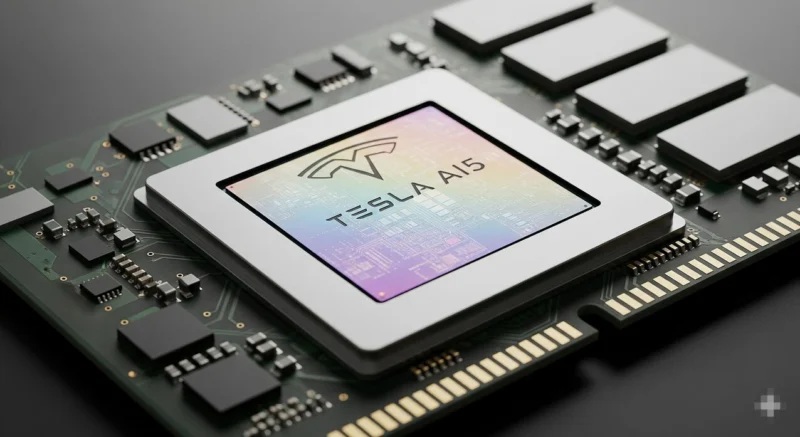As Bitcoin solidifies its role as a transparent, immutable store of value often dubbed “digital gold”, its public ledger becomes a double-edged sword: a bulwark against censorship but a beacon for surveillance.
Zcash (ZEC), not as a competitor, but as the “freedom axis”—a privacy layer that restores sovereignty in an age where accounts can be frozen at a whim, transactions are programmable via smart contracts, and every move risks exposure.
Bitcoin’s blockchain is a public bulletin board—every UTXO, address, and flow is etched forever. This transparency has propelled it toward reserve-asset status. By late 2025, 9% of BTC supply 1.8M BTC sits in U.S. ETFs or government treasuries, per Galaxy Digital analysis.
BlackRock, Fidelity, and nation-states like the U.S. now treat it as a macro hedge against fiat debasement. Michael Saylor’s MicroStrategy and emerging “Bitcoin treasury” firms echo El Salvador’s playbook, positioning BTC as a non-sovereign asset class.
Its $2T+ market cap and halvings reinforce scarcity, but as Tyler Winklevoss noted, this makes it “institutional beta”—predictable, but traceable. Yet, this openness invites peril. Surveillance tools firms like Chainalysis and social sleuths like ZachXBT deanonymize addresses with 80-90% accuracy via heuristics, IP logs, and exchange KYC.
Satoshi Nakamoto himself lamented in 2010: “If a solution was found for privacy, a much better… implementation of Bitcoin would be possible.” We’ve seen it play out—Canadian trucker protests in 2022 froze BTC donations; OFAC sanctions blacklisted Tornado Cash users turning DeFi into a compliance minefield.
With CBDCs looming (e.g., EU’s digital euro with spending caps by 2026), programmable money could enforce geofences, velocity limits, or “social credit” triggers. In short, Bitcoin excels at provable scarcity but falters on provable privacy.
As one analyst put it: “Bitcoin showed money could move without borders; Zcash reminds markets that financial privacy still matters.” Zcash launched in 2016 as a fork of Bitcoin’s code with zk-SNARKs now upgraded to post-quantum Halo 2.
Zcash isn’t “Bitcoin 2.0″—it’s Bitcoin’s missing half. It offers optional privacy: transparent addresses for audits like KYC compliance and shielded ones that hide sender, receiver, amount, and even the transaction graph via zero-knowledge proofs.
This “selective disclosure” view keys let you prove spends without revealing details makes it a cypherpunk Trojan horse—usable by institutions yet unbreakable for dissidents.
Monero mixes via ring signatures decoys, but heuristics crack it at scale (e.g., as volumes rise). Zcash encrypts—no decoys needed, just proofs. Mert Mumtaz calls it “true vanishing” vs. mixers’ “distraction.”
Zashi wallet auto-shields by default; NEAR Intents enable one-click, cross-chain swaps BTC ? ZEC privately. Project Tachyon promises 100x throughput. Shielded pool hit $2B+ largest in crypto, with 1M+ ZEC (~25%) shielded since Oct 2025.
Unlike delisted privacy coins, Zcash’s dual model lets exchanges comply transparent on-ramps while users go private off-platform. Institutions like JPMorgan’s 2022 pilots and VanEck’s 2025 filings test Zcash-derived tech for “compliant privacy.”
Edward Snowden, who advised Zcash’s launch, didn’t pick it for hype—he saw it as the tool for “the right to be let alone,” per Justice Brandeis. In a world of AI tax audits IRS tracking BTC via ETFs and EU chat backdoors, Zcash isn’t fringe; it’s foresight.
This narrative isn’t theoretical—it’s exploding: ZEC up 741% since Sep 2025 ~$78 ? $567, outpacing BTC’s slump amid macro headwinds. 30D volume: $390M ZEC vs. $272M BTC. Shielded flows flipped BTC on Near.
Winklevoss twins’ Cypherpunk Technologies holds 1.25% of ZEC supply, calling it “Bitcoin’s insurance policy.” Naval Ravikant echoes Zcash as a hedge against “Big Brother.” Even Bitcoin maxis are rotating—VanEck’s CEO notes OGs eyeing ZEC for quantum/traceability risks.
Privacy coins like ZEC, XMR, DASH up 50-741% YTD, driven by “anti-surveillance” rotation. Ethereum Foundation’s privacy team and Coinbase’s lobbying signal mainstream thaw—especially under pro-crypto shifts like Trump pardons for privacy devs.
Traceable flows enable freezes/sanctions, optional transparency aids compliance, but full shielding resists. Private P2P, dissident funds, shielded vaults. CBDCs in 100+ countries by 2026; EU’s MiCA caps stablecoins; U.S. IRS AI hunts evasion. As Simon Kim wrote: “Web3 promised decentralization… but created the most transparent surveillance system in history.”
Core devs rejected Zerocoin in 2013, ossifying transparency. Now, with ETFs, it’s “captured”—great for spreadsheets, lousy for sovereignty. ZK proofs are planetary-scale ready; Trump’s admin could legalize “private money” vs. prior bans.
Zcash isn’t supplanting Bitcoin—it’s the yin to its yang. In Eric Hughes’ words: “Privacy is necessary for an open society.” As programmable money evolves the freedom axis isn’t optional—it’s existential.
If BTC is the world’s unblinking eye, Zcash is the shadow it casts: quiet, unyielding, and essential for those who value agency over auditability. This duality could define crypto’s next era: BTC for the visible reserve, ZEC for the veiled flows.






